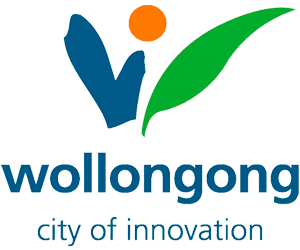Traditional Dharawal clan groups and their people occupied the southern part of the Dharawal area with several camp sites around Lake Illawarra including Berkeley and Hooka Creek. Aboriginal people moved freely throughout the region and shared resources with their near neighbours without fear of trespassing.
The Aboriginal and Torres Strait Islander population of the Illawarra region is made up of many diverse cultural and political groups and organisations. Aboriginal and Torres Strait Islander people also identify themselves according to their cultural and national identities.
Other nation groups residing within the Illawarra region include, but are not limited to, the Yuin, Wiradjuri, Kamilaroi, Bundjalung, Dunghutti and Gumbayggir Nations.
Cultural identities are extremely important for Aboriginal and Torres Strait Islander people. They represent different heritages, languages, cultural practices, spiritual beliefs and geographic areas.
While the Illawarra is made up of three local government areas, Wollongong, Shellharbour and Kiama, it is important to acknowledge and respect that for Aboriginal people these boundaries do not reflect the cultural boundaries of the local Aboriginal community.
- Events and Programs
- People
-
Art and Culture
- Aboriginal Culture and Communities
- Wollongong Art Gallery
- Illawarra Performing Arts Centre
- Public Art
- Creative Wollongong Studios
- Creative Dialogues
- The Arts Precinct
- Making Waves
- Creative Wollongong Short Film Competition and Festival
- Culture Mix
- Sculpture in the Garden Wollongong
- Recent Projects
- Opportunities for Artists and Performers
- Sister Cities
- History and Heritage
- Language Help
- Safety Programs
- Volunteering
- Community Transport
- Neighbourhood Groups
- Grant Programs
- Affordable Housing
- Awards and Recognition
